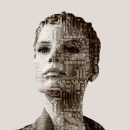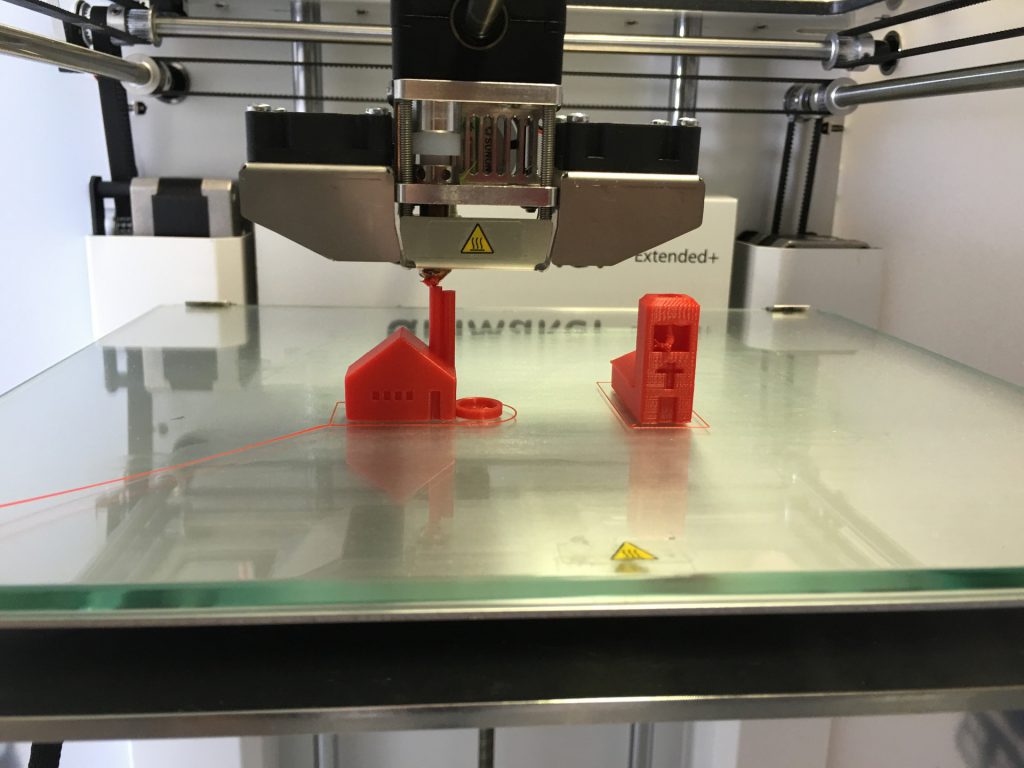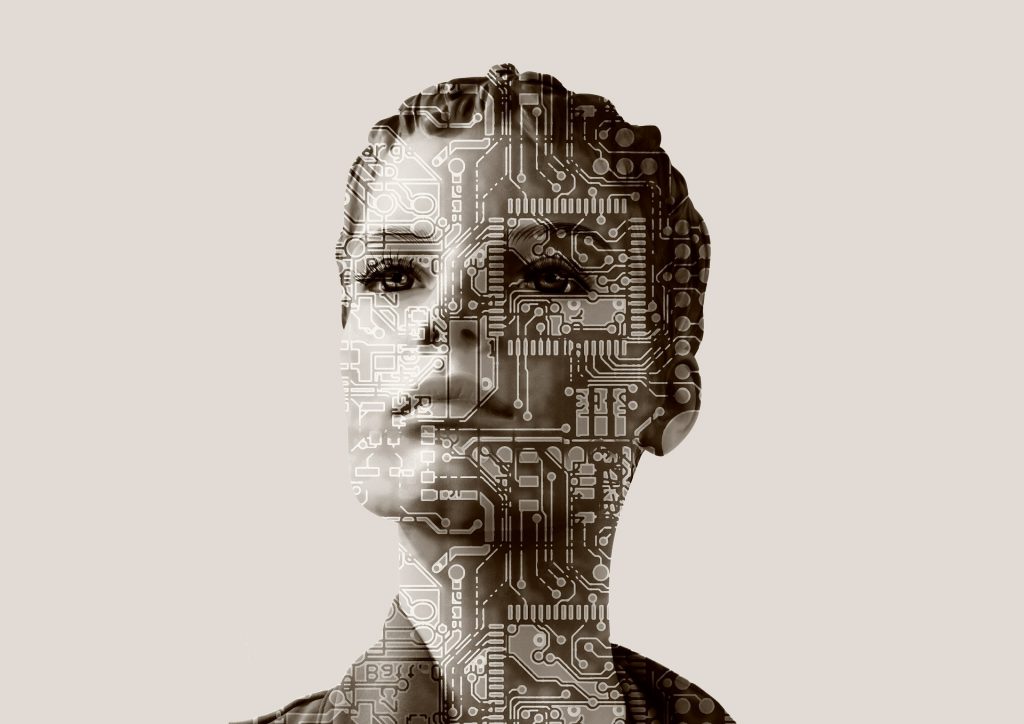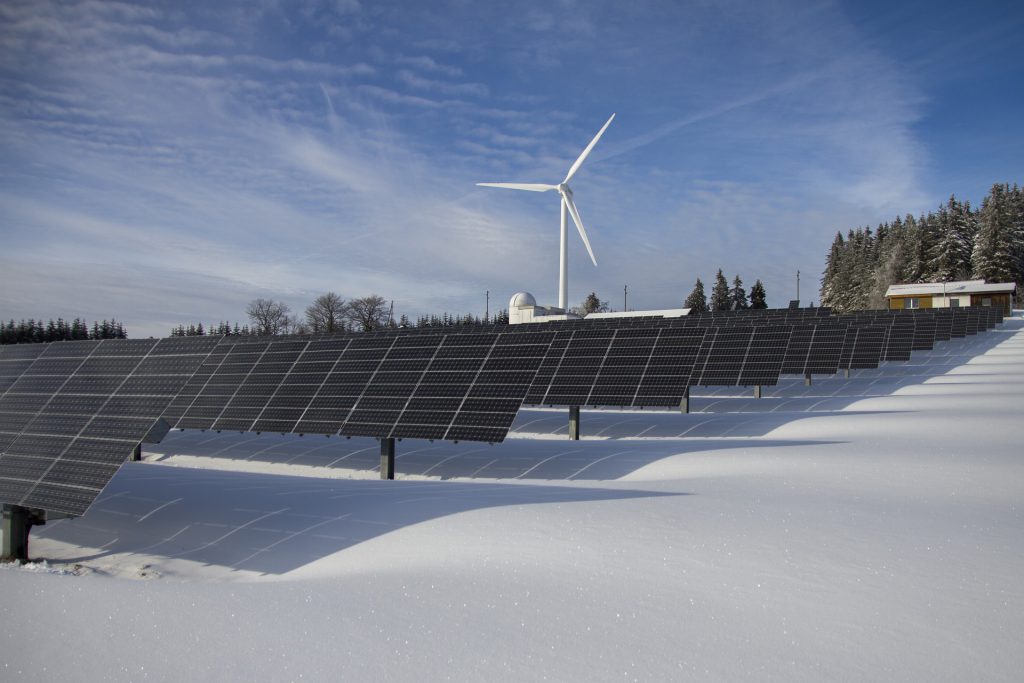
Future Perfect: How Modern Tech is Shaping the Commercial Property Industry
It’s no secret that NovaLoca is driven and inspired by the technology of today and tomorrow, and the 21st century gives us plenty to be excited about. We are, arguably, on the cusp of a brand new industrial revolution that could change how we conduct business for centuries to come.
Though many phenomenal breakthroughs are still in their infancy, or currently too costly for mass-market production, it’s hard not to get excited for a future where these innovations will dictate the way we work for lifetimes to come. We’ve taken a speculative look at the most succesful new technological trends and asked ourselves what they might mean for the commercial property industry of the future.
Drones
Though drones are already being adopted in the commercial property industry for aerial photography and virtual tours, these are only the most basic applications. As the technology becomes more affordable, and the applications more familiar, landlords and inspectors might soon be using drones for routine repairs and inspections. With drones already in the test stages for delivery services such as Amazon, it might even be possible for construction equipment and materials to be transported without the need for scaffolding (or the awkward, multi-storey slogging of wheelbarrows).
Perhaps the most exciting development in this area is the memorably-titled ProDrone PD6B-AW-ARM, a drone with Dalek-esque claws that are just as useful for picking, carrying and transporting as they are for terrifying small children.
3D Printing
Currently considered as a more additive method of manufacturing, it’s hard not to deny the changes 3D modelling could bring to prototype phases. Architecture modelling, for example, can be done in a fraction of the time careful woodworking and supergluing can take up. Meanwhile, any of the other physical technologies on this page will likely begin their concept stages in the form of a 3D printed proof of concept.
Most exciting of all is where 3D printing can go from these larval origins. Once 3D printing reaches an affordable, industrial scale, could we see iterative construction like Germany’s HUF housing; essentially, pop-out, piece-together construction made from 3D printed materials?

.
Wi-Fi Power
Yep – not only has this been a concept since Nikola Tesla first had the bright idea centuries ago, it’s actually now been put into applicable use via the messy-sounding method of ‘Backscattering’. Developed by professors of electrical engineering (and potential sorcerers) Joshua Smith and Shyamnath Gollakota, backscattering absorbs trace energy from radio signals, using it to construct small signals that can power low-energy devices. How on Earth this works, or what minor electrical voltages in the air will do to the planet in the long run, are concerns for another time.
Once this technology is perfected, it could mean major changes to property construction; how much unnecessary wiring, for example, might a building running on wireless electricity save?

.
Artificial Intelligence
Given that artificial intelligence has now reached the point that it can respond to conversational questioning – proven in 2011, when IBM’s ‘Watson’ computer annihilated two human opponents on American game show Jeopardy! – the possibilities for customer service, research and development are looking far more user-friendly. Searching the internet for answers might be as simple as just asking the question, whilst the cynical manipulation of search algorithms might also be minimised. As more and more companies rely on mobile applications, meanwhile, voice activation might be more reliable, and natural, than ever before. The ethical dilemma of teaching a robot to love, however, remains unresolved.

.
Renewable Energy
Ironic that future technologies will thrive on sources as old as time itself, but renewable energy, however much of a no-brainer it seems, is arguably one of the harder revolutions to manage. Because of current electrical infrastructures, renewable energy at its most successful actually results in excess energy. In other words; the more energy renewed, the more of it is wasted.
However, companies are growing wise to the unpredictable flux of renewable sources, not least California, which has the explicit goal of leading the United States in renewable energy. Alongside its wind and solar panels, the city is experimenting with lithium iode batteries which store this excess energy, released at a time when the grid needs a jolt of extra juice. Though vast, these will help reduce emissions and ensure that all energy generated is energy used properly.
As more and more citizens rely on smart meters, and with analytics becoming more refined, the renewable energy industry may well find other tech solutions assisting its eventual dominance. Speaking of which…

.
Smart Cities and the Internet of Things
The culmination of all the above breakthroughs leads us to the grander, all-encompassing conclusion. Essentially, society, business and living will be networked to work as a congruous whole. You could wake up and get to work in an eco-friendly, electric car that drives itself – better yet, you may not need to leave the house for work at all.
Still, as we’ve discussed in our previous blogs – Could London Be a World Leading Smart City? and Are We Ready for the Internet of Things? – these are arguably far-future visions, each with their own discrepancies.
Until then, however, the options for business are more exciting than ever, and even if you don’t embrace all of these innovations – or any of them, for that matter – it’s not hard to imagine the incredible ways these can completely change business for a whole new generation.
